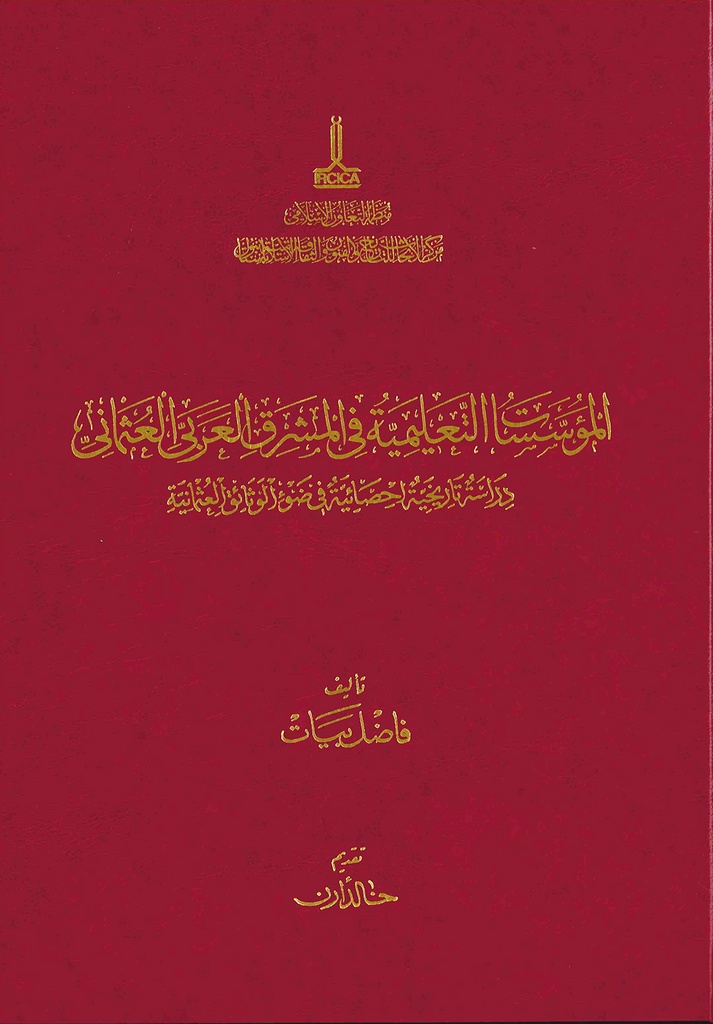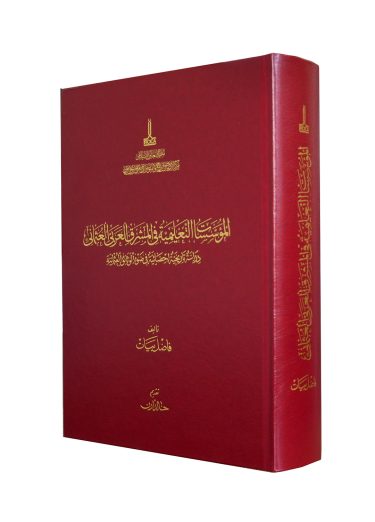The subject of education and educational establishments in the Ottoman Arab provinces is one on which libraries are generally scarce. The common feature of the rare existing studies is the absence of recourse to Ottoman official documents. The subject had thus not been studied deeply enough; therefore the importance of this book. The latter provides researchers with new information. Its methodology also adds to its value as an extensive reference.
The book is divided into thirteen chapters. The first chapter describes the general characteristics of the education system in the Ottoman Empire, its foundation, its evolution, the related terminology. The second chapter deals with educational establishments in the provinces, their administration, educational councils, inspection services in general, measures taken by the Ministry of Education, among other aspects. The remaining eleven chapters study the schools at different levels of education: primary (ruşdiye mektebi), secondary and post-secondary (sultaniye mektebi), vocational training schools and establishments for higher education (including law schools, medical schools, schools for religious studies), military and police schools, traditional Islamic schools (medreses), Muslims’ private schools, non-Muslim communities’ schools, and foreign schools. Each chapter begins with an introductory part about the system at the level of education under study, its development and programs. The annexes of the book contain reproductions of documents and historical photographs. The book will contribute remarkably to sources and studies on the history of education in the Ottoman Arab provinces.
The book is divided into thirteen chapters. The first chapter describes the general characteristics of the education system in the Ottoman Empire, its foundation, its evolution, the related terminology. The second chapter deals with educational establishments in the provinces, their administration, educational councils, inspection services in general, measures taken by the Ministry of Education, among other aspects. The remaining eleven chapters study the schools at different levels of education: primary (ruşdiye mektebi), secondary and post-secondary (sultaniye mektebi), vocational training schools and establishments for higher education (including law schools, medical schools, schools for religious studies), military and police schools, traditional Islamic schools (medreses), Muslims’ private schools, non-Muslim communities’ schools, and foreign schools. Each chapter begins with an introductory part about the system at the level of education under study, its development and programs. The annexes of the book contain reproductions of documents and historical photographs. The book will contribute remarkably to sources and studies on the history of education in the Ottoman Arab provinces.






